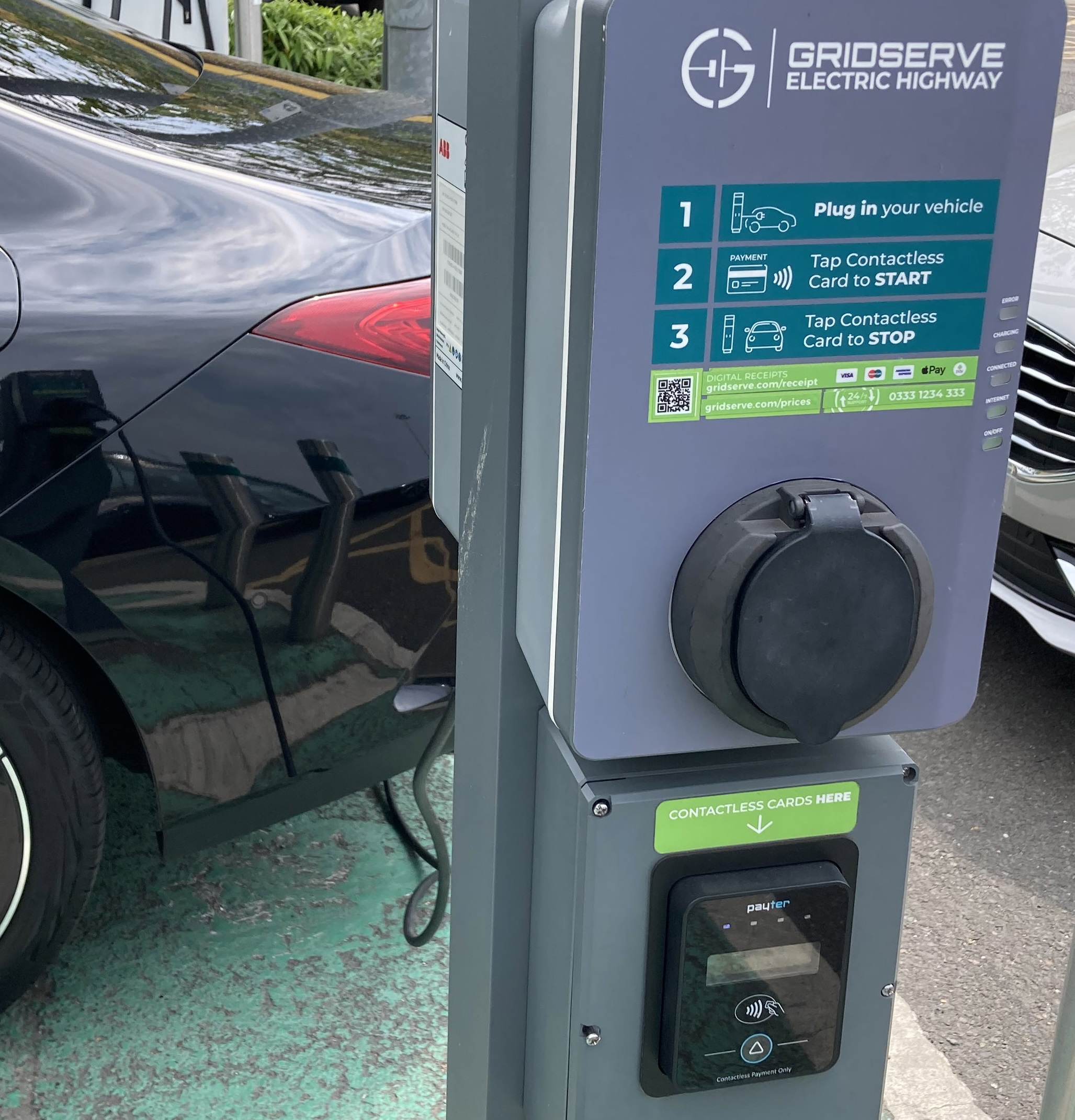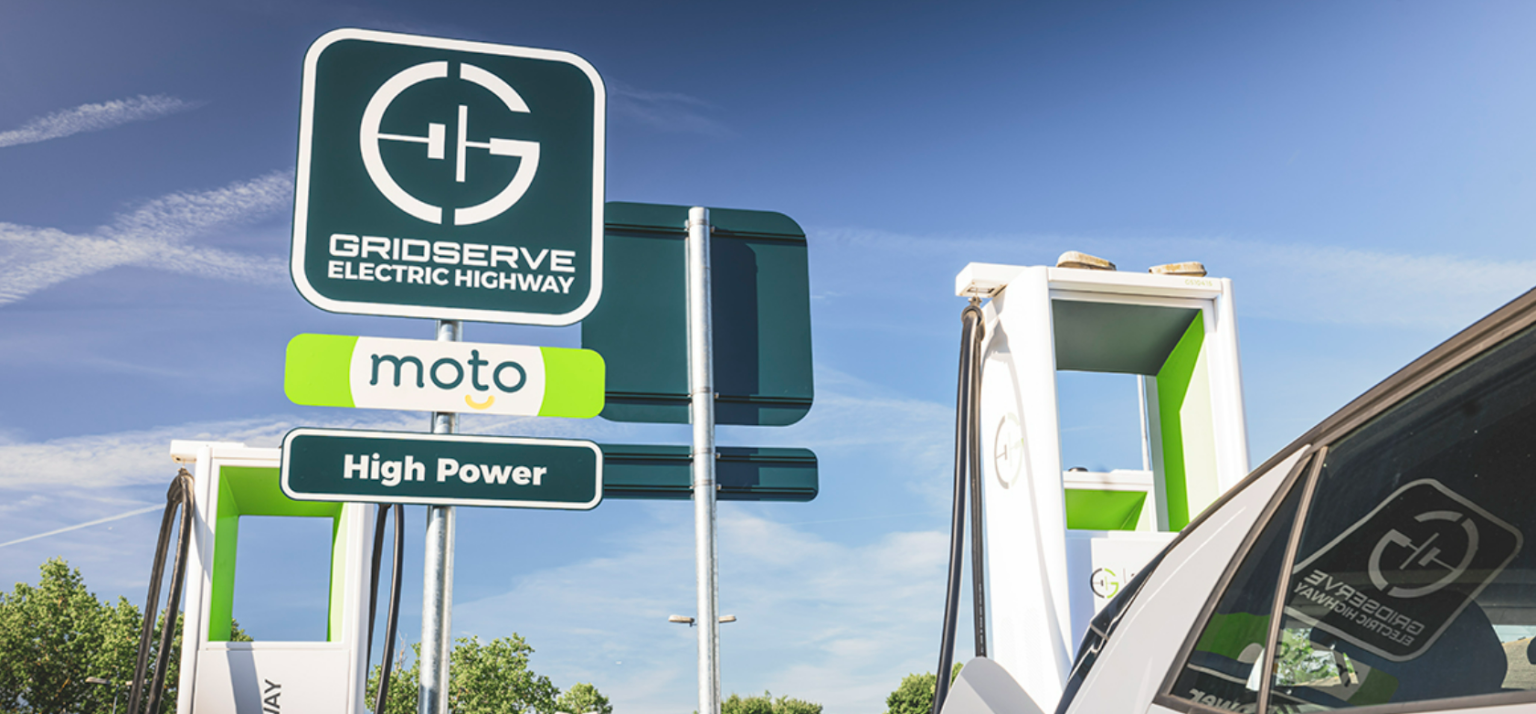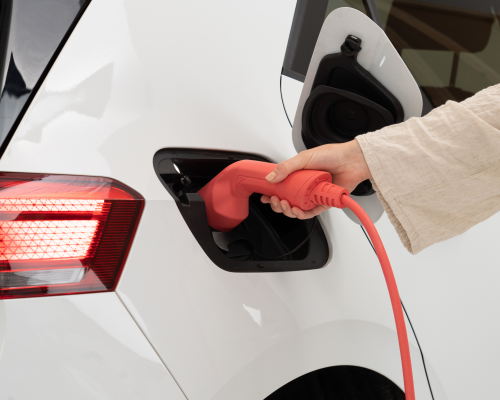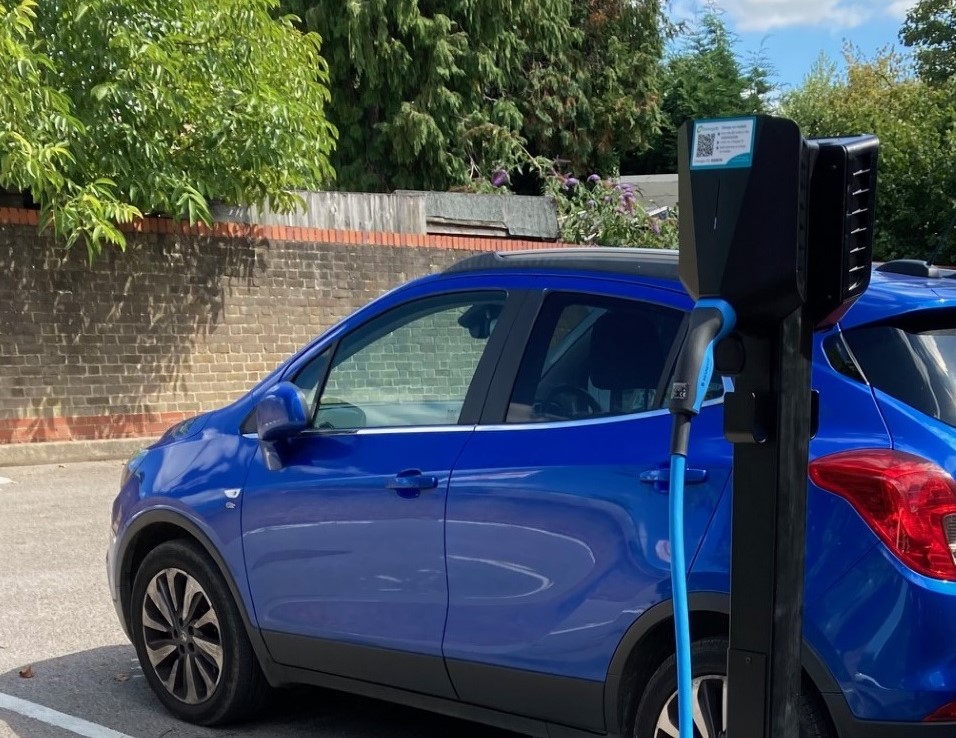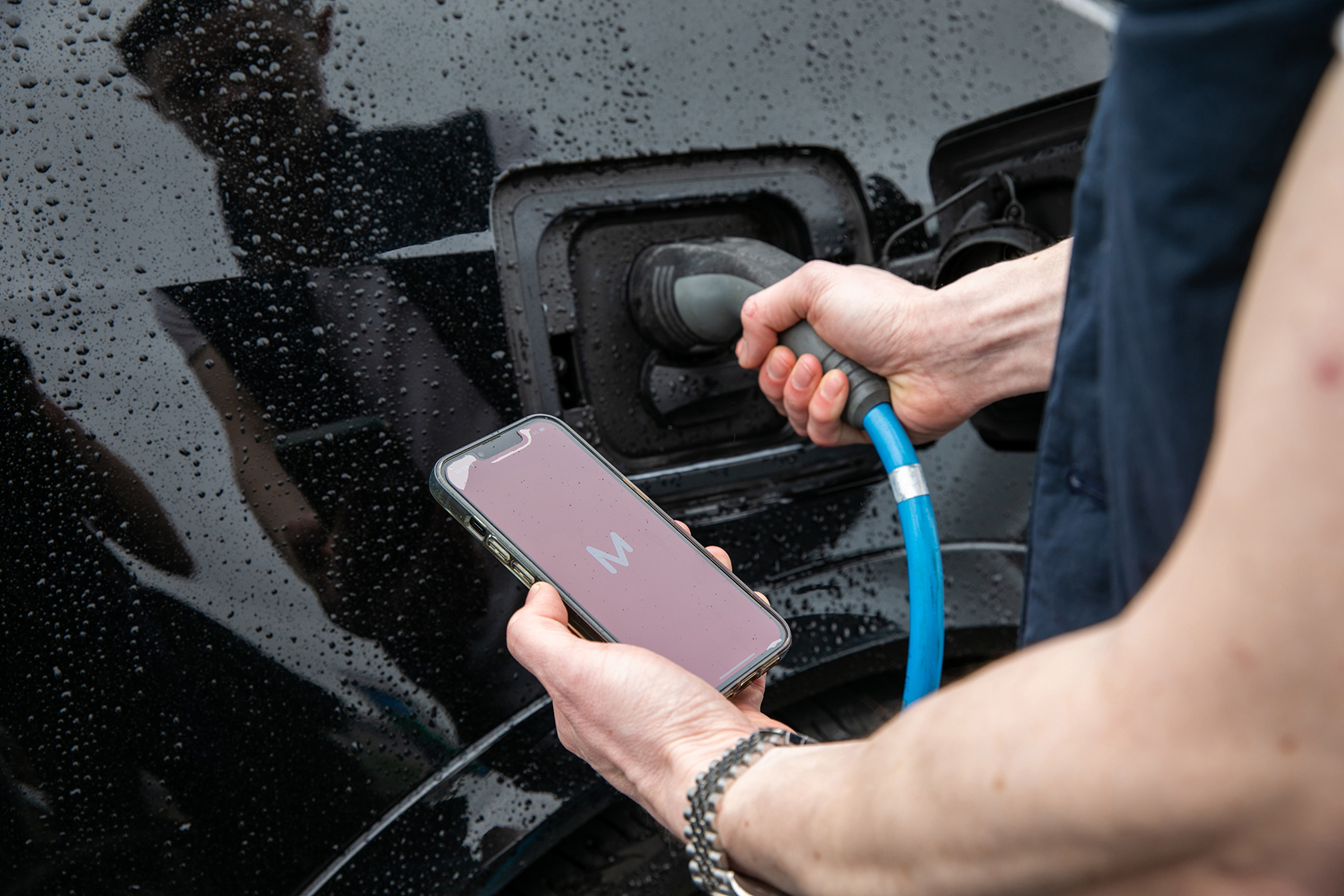
The electric vehicle (EV) transition is growing in momentum, with a wide range of manufacturers launching next-generation EVs that offer more affordable prices, impressive ranges and performance, combined with cutting-edge designs. Not to mention, the UK government has introduced a range of regulations aimed at improving the simplicity and speed of EVs.
Predictions of there being 10 million electric vehicles on British roads by 2030, show the future potential of EVs. But it’s my view that the watershed moment for EVs is now, not in seven years. In fact, I expect 2024 to be the year when most people start to accept that cars powered by fossil fuels become a thing of the past and that electric vehicles are the way forward.
By now, most people will know that the government plans to phase out the sale of new internal combustion engine (ICE) vehicles between 2035 and 2040 in a bid to curb emissions and fight climate change. This is why we’re already seeing many drivers sell their ICE vehicles and purchase their first EV.
While governments are playing an important role in convincing drivers to go electric, they are also applying increasing pressure on the car industry to accelerate the transition to EVs. For example, the UK government will this year enforce a new rule ensuring 22% of all car sales are EVs. Car manufacturers risk hefty fines if they fail to meet this obligation.
Ignore progress at your peril
As consumer interest in EVs grows and new industry regulations emerge, there’s genuinely no point in car manufacturers continuing to invest large sums in ICE vehicles. It’s clear that EVs are becoming the future of motoring, and that’s why the world’s top car makers will invest $1.2 trillion in this area by 2030. This shift in focus from ICE vehicles to more sustainable models will result in significant gains for EVs' total market share over the coming 12 months.
Traditional vehicle manufacturers may already be feeling the pressure exerted by EV manufacturers, however, increased competition across the industry will be a positive thing for the end consumer.
As new EV manufacturers enter the UK market and traditional vehicle manufacturers look to compete by rolling out their EVs, there’ll be more models at competitive price points for drivers to choose from.
Ultimately, traditional vehicle manufacturers that ignore this reality risk being outflanked by dedicated EV manufacturers such as BYD Auto, Rivan and Tesla. These companies are pushing ahead with aggressive global expansion plans, posing a big threat to the market share of motoring giants like Ford, Volkswagen, Fiat etc. In 2024, I expect to see governments taking the EV revolution seriously by increasing investment into charge point infrastructure and much-needed R&D. It’s the only way they’ll keep pace with vehicle manufacturers as they battle it out to gain a competitive advantage and market share.

I feel the need, the need for speed (charging up EV charge point infrastructure)
Of course, as demand for EVs increases, it’s vitally important that the UK's EV charge point infrastructure is up to scratch. Considering that over 50,000 EV chargers are now available across the UK, there’s no denying that we’ve come a long way in improving EV charging infrastructure. However, there are still EV charging-related challenges to overcome.
Currently, there are few standards aimed at streamlining the rollout of EV chargers, with responsibility mainly allocated to local authorities. The issue with this approach is that while some local councils are investing government EV funds wisely and shoring up their EV charging infrastructure, others don’t consider this an important priority. So, some areas of the UK will have plenty of EV chargers, and many won’t.
To ensure a smooth transition to electric vehicles and that the charging infrastructure is up to scratch in all parts of the country, collaboration between EV chargepoint manufacturers and local governments is paramount. Without this, the UK will struggle to emerge as a leader in the EV space.
With more EV chargers being installed across the UK, a worry is that they will overwhelm an already overstretched and outdated national grid and cause power cuts. A potential solution to this problem is bi-directional charging, which would ensure EVs share electricity with the power grid and not simply take from it.
Although bidirectional charging is still a relatively new concept only offered by a few charge point operators, it offers massive potential and will likely rise in popularity as EV adoption reaches 20-30%.
Monta’s PowerBank technology, which can detect grid imbalances and temporarily pause charging, and off-peak charging can also help prevent EV chargers from overpowering the national grid.
The year ahead
Chargepoint operators shouldn’t just focus on increasing the availability of chargers, though. While this is important, EV drivers are less worried about whether they can locate a charger on their journeys. They have more fear, or “charger anxiety”, of whether the chargers will work when they arrive, whether they accept contactless payments, and how much it will cost to recharge.
The government wants charge point operators to take these issues seriously by introducing new regulations making requirements such as contactless payment, 24-customer service helplines, roaming, and 99% reliability mandatory for chargers. Complying with regulations may sound daunting, but plenty of software solutions already make this simple and easy.
2024 will bring increased EV ranges of over 400 miles, greater sharing of private charge points, community charging, and the introduction of heavy-duty electric-powered trucks. Overall, the next year will be an exciting period of growth and innovation across the EV sector.
"I expect 2024 to be the year when most people start to accept that cars powered by fossil fuels become a thing of the past and that electric vehicles are the way forward," says Alok Dubey, Regional Director for Western Europe at Monta.



